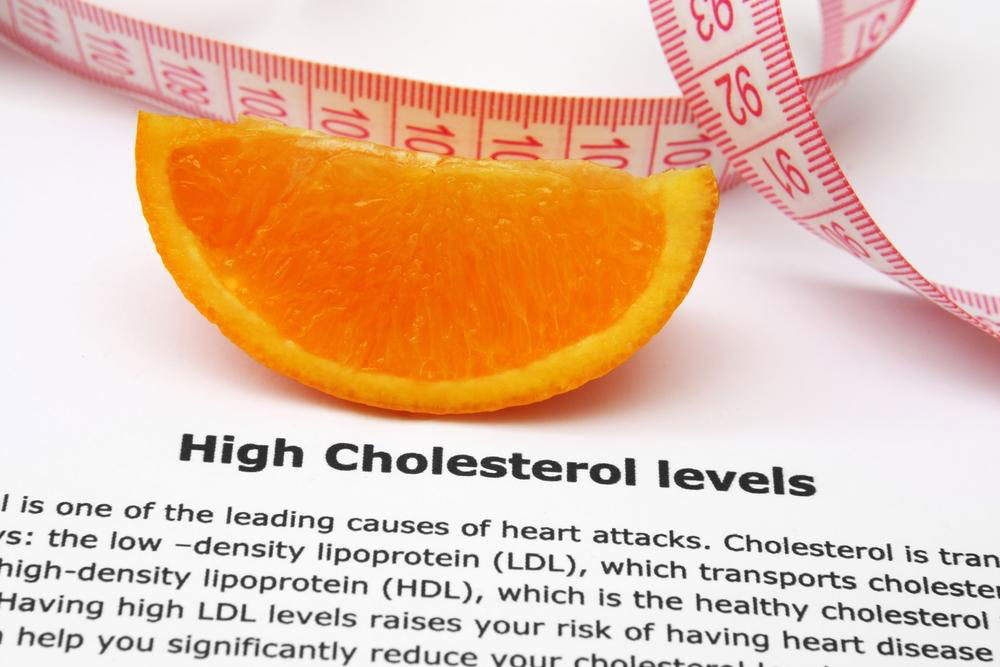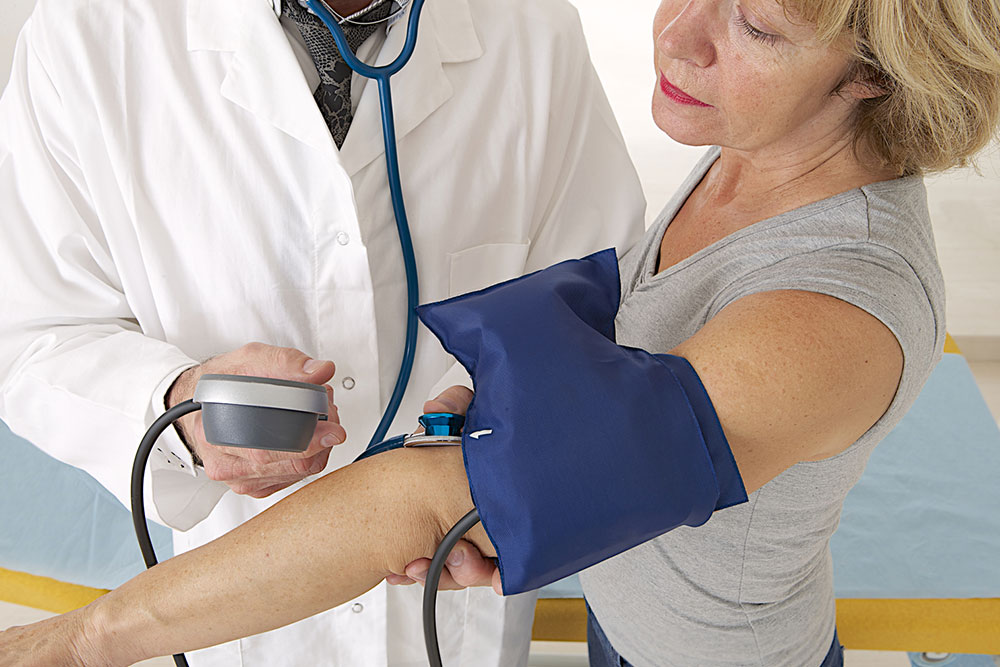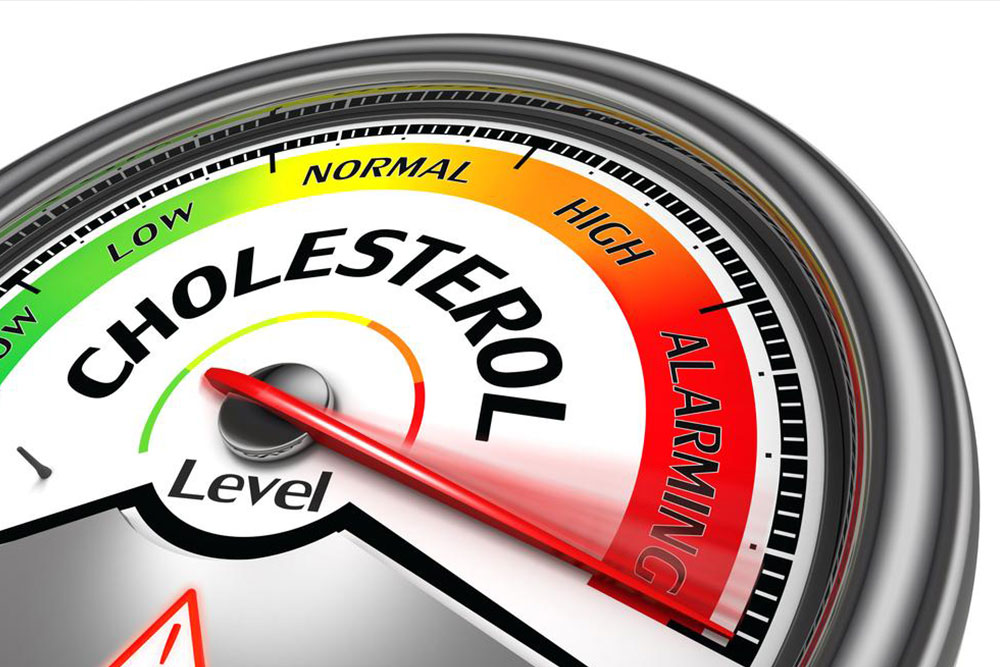Comprehensive Guide to Rapid Heartbeats: Causes, Symptoms, and Effective Treatments
This comprehensive guide explores tachycardia, including its causes, symptoms, various types, and treatment options. Learn how to recognize early signs, manage episodes effectively, and adopt lifestyle strategies to maintain a healthy heart. Emergency procedures like cardioversion and advanced long-term treatments such as ablation and pacemakers are detailed, emphasizing the importance of professional medical care in preventing severe complications associated with rapid heart rhythms.

Comprehensive Guide to Rapid Heartbeats: Causes, Symptoms, and Effective Treatments
The human heart, a vital organ responsible for pumping blood throughout the body, typically beats between 60 and 100 times per minute during rest. However, when the heart beats more than 100 times per minute, a condition known as tachycardia or rapid heartbeat occurs. While some episodes of increased heart rate might be harmless and temporary, persistent or sudden episodes can be indicative of underlying health issues requiring careful attention. Understanding the causes, recognizing symptoms, and exploring available treatment options are crucial steps in managing tachycardia and ensuring overall heart health.
Understanding Tachycardia: What Is a Rapid Heartbeat?
Tachycardia is characterized by an abnormally fast heart rate exceeding 100 beats per minute. It is not a disease by itself but often a symptom of an underlying condition affecting the heart's electrical system. Some individuals experience transient episodes that resolve on their own, while others experience persistent or recurrent episodes requiring medical intervention. Although a temporarily elevated heart rate might occur during physical exertion, stress, or excitement, prolonged or unpredictable episodes can pose serious health risks, including stroke, heart failure, or sudden cardiac arrest if untreated.
Recognizing Symptoms of Tachycardia
People experiencing abnormal heart rhythms may notice a variety of symptoms. The most common include dizziness, lightheadedness, fainting spells, palpitations (a feeling of the heart pounding or racing), chest discomfort, shortness of breath, and unusual fatigue. Some individuals remain asymptomatic, with tachycardia detected only during routine check-ups or emergency assessments. Recognizing these signs early and seeking prompt medical attention is vital to prevent complications.
Types of Tachycardia: Exploring Different Forms of Rapid Heart Rhythms
Tachycardia encompasses various types, distinguished based on their origin within the heart and their causes. Understanding these types helps in diagnosis and choosing effective treatments. The main categories include atrial fibrillation, atrial flutter, ventricular tachycardia, ventricular fibrillation, and supraventricular tachycardia.
Atrial Fibrillation (A-fib)
Atrial fibrillation, commonly known as A-fib, is one of the most prevalent types of tachycardia. It originates from irregular electrical signals in the upper chambers (atria) of the heart. This disorganized activity causes the atria to quiver instead of contracting effectively, leading to an irregular and often rapid heartbeat. A-fib can be occasional (paroxysmal), persistent, or permanent. It significantly increases the risk of stroke and other cardiovascular complications, especially if left untreated. Management may involve medications, electrical cardioversion, or procedures like ablation to restore normal rhythm.
Atrial Flutter
This arrhythmia features a more organized, rapid heartbeat originating in the atria. It often produces a characteristic sawtooth pattern on an ECG. Although less common than A-fib, atrial flutter can sometimes develop into A-fib over time. Symptoms may include palpitations, shortness of breath, and dizziness. Treatment options are similar to those for A-fib, including medications, cardioversion, or catheter ablation to eliminate abnormal signals.
Ventricular Tachycardia
Starting in the lower chambers of the heart—the ventricles—ventricular tachycardia involves a rapid heartbeat that can be sustained or episodic. It impairs the heart's ability to pump effectively, resulting in symptoms such as dizziness, chest pain, or fainting. In some cases, it can be life-threatening and lead to ventricular fibrillation if not promptly treated. Immediate medical attention is crucial for episodes of ventricular tachycardia, especially if they last longer than a few seconds.
Ventricular Fibrillation
This is a severe and life-threatening arrhythmia characterized by disorganized electrical activity in the ventricles, preventing effective contractions. It causes the heart to quiver rather than pump blood, leading to sudden cardiac arrest. Immediate emergency intervention with defibrillation is essential to restore normal rhythm and prevent death. Ventricular fibrillation often occurs in individuals with advanced heart disease or after a heart attack.
Paroxysmal Supraventricular Tachycardia (PSVT)
This type of tachycardia originates above the ventricles, specifically in the atria or AV node. It is characterized by sudden episodes of rapid heartbeats that can reach 130-230 bpm in adults and over 220 bpm in children. PSVT episodes tend to start and stop abruptly, often triggered by stress, caffeine, or certain medications. While episodes can be alarming, many resolve spontaneously or respond well to treatment.
Managing Tachycardia: Strategies and Treatments
Effectively managing tachycardia involves controlling the heart rate during episodes and preventing recurrences. Treatment approaches vary based on age, the specific type of tachycardia, underlying causes, overall health, and the structure of the heart. Often, a combination of lifestyle modifications and medical interventions provides the best outcomes.
Techniques to Slow Rapid Heartbeats
During episodes, certain maneuvers can help slow the heart rate, especially for paroxysmal supraventricular tachycardia. These include vagal maneuvers such as coughing, bearing down like during a bowel movement (Valsalva maneuver), applying cold water to the face, or stimulating the carotid sinus with gentle pressure—performed under medical supervision. These methods temporarily influence the vagus nerve, which helps regulate heart rate.
Electrical Cardioversion
When medications or vagal maneuvers are ineffective, electrical cardioversion may be used. This procedure delivers a controlled low-energy shock to the heart to reset its rhythm to normal. It is often performed in emergency settings, especially for life-threatening arrhythmias like ventricular fibrillation or sustained tachycardia, to quickly restore a healthy heartbeat.
Preventive and Long-term Treatment Options
To prevent episodes and reduce the risk of complications, several long-term treatments are available. Catheter ablation involves threading a thin tube into the heart to destroy abnormal tissue that causes irregular signals. This minimally invasive procedure can significantly reduce or eliminate episodes of tachycardia. Pacemakers, small devices implanted under the chest skin, monitor heart rhythms and deliver impulses to maintain a steady heart rate. In some rare cases, open-heart surgery may be necessary to correct electrical pathways that are malfunctioning.
Supporting Heart Health Through Lifestyle Changes
Lifestyle modifications are an essential part of managing tachycardia. Regular physical activity, such as brisk walking, running, cycling, or playing tennis, can strengthen the heart and improve overall cardiovascular health. Managing stress through relaxation techniques, avoiding stimulants like caffeine and nicotine, maintaining a healthy weight, and managing underlying conditions like hypertension or diabetes all contribute to reducing the risk of episodes. Patients should always consult healthcare professionals before starting any new exercise programs or making significant lifestyle changes.
When to Seek Medical Help
Any sudden onset of rapid, irregular heartbeats accompanied by chest pain, fainting, severe dizziness, or shortness of breath warrants immediate medical attention. Persistent or recurrent episodes should also be evaluated by a cardiologist to determine appropriate diagnostic testing, which may include an electrocardiogram (ECG), echocardiogram, or Holter monitor. Early diagnosis and intervention can prevent serious complications and improve quality of life.





